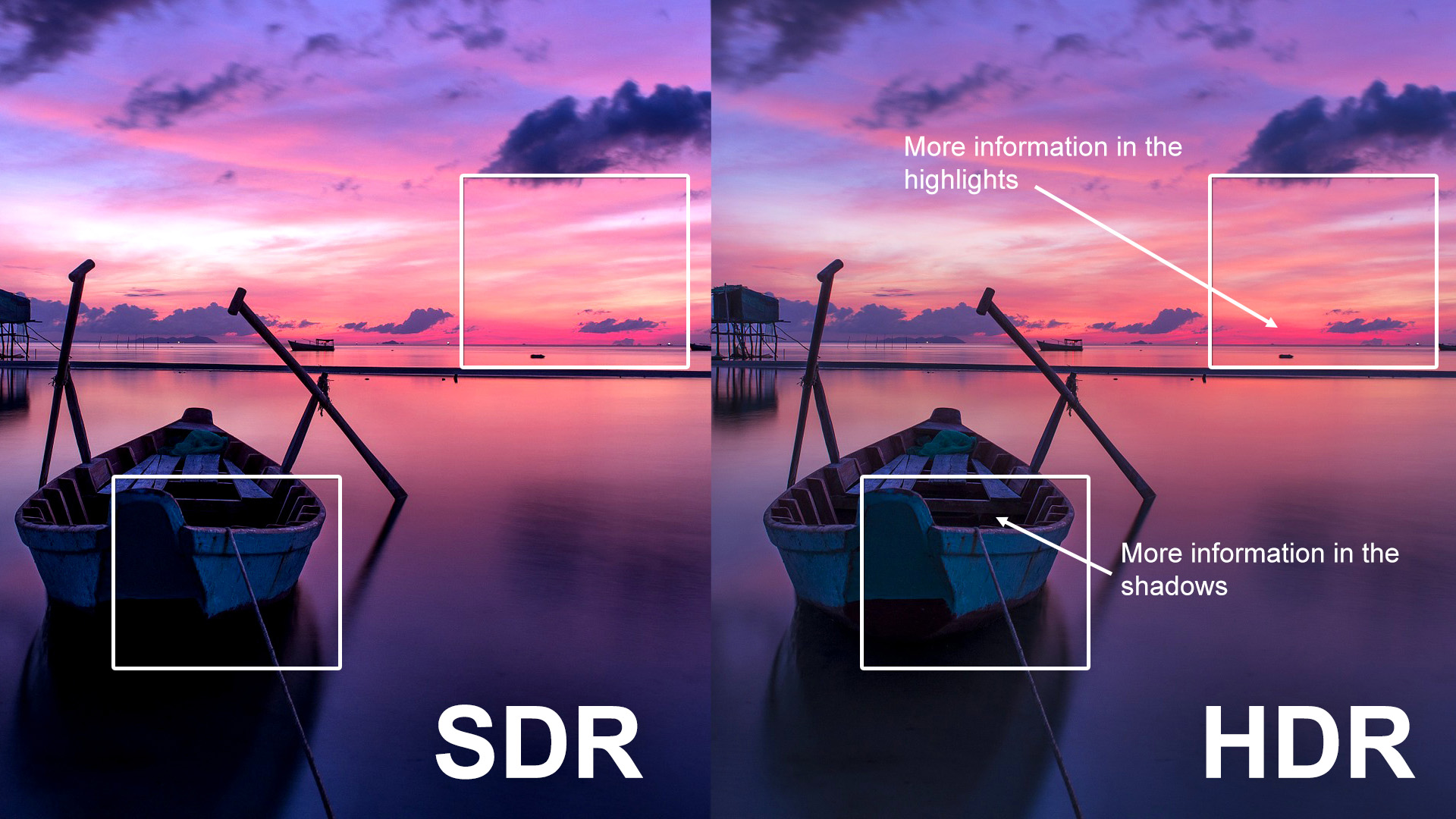We all know that screen tearing can prove to be pretty annoying, especially during gaming. Yes, you can choose to turn the V sync on, but that can hinder your system’s performance. However, both AMD and Nvidia have solved this issue without affecting our frame rates. Moreover, this adaptive refresh technology improves your monitor by matching its performance with the graphics card. But now, it’s Freesync vs G Sync, and you might be wondering which one is the best?

Firstly, you can use G Sync only with an Nvidia GPU and Freesync with AMD GPUs only. If you have to pick a new GPU, then choosing any one of them is pretty tricky. Moreover, both of these technologies have developed a lot and can offer different results. Thus, picking the right one isn’t that easy as it might sound.
Don’t worry because we’ve got you covered. This article will compare both of these adaptive refresh technologies and find out which one is better for our PC in 2021.
Freesync vs G Sync: Performance Factor
While both Freesync and G Sync is quite adequate, their approach to offering smooth gameplay is different. For instance, Nvidia’s G Sync performs through an in-built chip in monitors. On the other hand, AMD’s Freesync uses the video card itself to prevent screen tearing.
Overall, you might get better performing results with AMD’s Freesync, but a common issue like Ghosting is also present. In case you’re unclear about Ghosting, this is how it can be defined:
“Let’s say you’re playing a mid or high-level game on your PC. If you’re using Freesyncg as your adaptive refresh technology, you might see that moving objects are leaving a shadow behind them. These shadows are known as Ghosting and can annoy any professional gamer.”

Moreover, if the frame rates aren’t constantly syncing with your monitor’s refresh rate, you might experience more screen flickering. However, Nvidia’s G Sync doesn’t show any flicker issues even while working on low frame rates. Thus, our winner from Freesync vs G Sync is Nvidia’s G Sync in terms of performance.
Freesync vs G Sync: Selection Factor
Apart from the general rivalry between AMD and Nvidia, there’s a significant difference between Freesync and G Sync. Nvidia’s G Sync is a closed standard. In contrast, AMD’s Freesync is an open standard. As a result, developers and many gamers prefer Freesync because there are plenty of monitors available with Freesync support. Some of these monitors are as follows:
- Acer’s CB272 ( 27″, IPS LCD)
- Acer’s BH276 P ( 27″, TN LCD)
- Samsung’s LS32A60xU ( 32″, IPS LCD)
- ViewSonic’s VA2447-MH ( 24″, VA LCD)
Remember that you can’t always mix and match between both of these technologies from Nvidia and AMD. For instance, you can use G Sync only with Nvidia Graphic Cards. On the other hand, AMD’s Freesync can work with some Nvidia cards, but the numbers are pretty limited.
Lastly, our winner for the Freesync vs G Sync is AMD’s Freesync due to its selection factor and open standard. Moreover, if you’re into mid-level gaming or trying to assemble a budget PC, then Freesync becomes the ideal choice.
Freesync vs G Sync: Difference in Premium Versions
Many PC users believe that both Freesync and G Sync are extra features that can prevent screen flickering. However, it’s not correct, both of these technologies are certifications, and monitor manufactures have to meet them. Likewise, the premium version of Freesync and G Sync isn’t an additional feature. You can define these premium versions as strict and demanding standards for the monitor’ manufacturers.
But, what are these standards, and what differences are there? Let’s check out AMD’s Freesync Premium first:
- Freesync Premium: If a monitor supports 1080p resolution with a 120Hz refresh rate, it can be certified with Freesync Premium. Moreover, these high standards can result in better frame rates and a smoother experience.
- Freesync Premium Pro: AMD’s Freesync Premium Pro is also known as Freesync HDR 2 because it’s specially built for HDR graphics. Thus, if your monitor can offer at least 400 nits of brightness, then you can enjoy the benefits of Freesync Premium Pro.

Now, let’s move on to Nvidia’s G Sync and check out its premium certification:
- G Sync Ultimate: When it comes to comparing, the G Sync Ultimate is quite similar to Freesync Premium Pro. Moreover, the G Sync Ultimate certification demanded a minimum brightness of 1,000 nits from monitors. However, due to a tough competition from AMD, these demands were later adjusted and reduced to 400 nits.
Our winner in Freesync vs G Sync (Premiums) is AMD’s Freesync as their certified monitors are pretty budget-friendly.
Freesync vs G Sync: Input Lag Factor
While both of these adaptive refresh technologies might look the same, some differences keep them apart. For instance, the input lag is one factor that can decide the winner between Freesync and G Sync. Firstly, G Sync monitors can offer only 1 or 2 inputs which further depends on the module’s generation. On the other hand, Freesync can offer multiple inputs according to the manufacturer’s desire. As a result, legacy ports like VGA or DVI are more included with Freesync certified monitors.
In short, our pick from Freesync vs G Sync is AMD’s Freesync as it can offer more versatility and allows a user to connect multiple devices.
Freesync vs G Sync: Graphic Cards’ Compatibility
As we mentioned above, you can use G Sync only with Nvidia GPUs. However, Freesync’s case is much different as it can support many graphic cards from the Nvidia. For instance, Nvidia’s GTX 10 and 20 Series are supported with AMD’s Freesync. Moreover, Nvidia’s RTX 20 and 30 Series also supports Freesync. However, when we look at other Nvidia GPUs such as 650Ti or 960M, Freesync isn’t supported.
All in all, we can confirm that AMD’s Freesync is a winner once again due to its highly compatible nature. You can also check the complete list of Freesync supported devices here.
Additional factors that can create differences
Apart from the common factors, some unique features can help you decide between Freesync and G Sync. For instance, to promote and offer better motion clarity, Nvidia’s G Sync has the ULMB (Ultra Low Motion Blur) feature. Moreover, this great feature isn’t still available in AMD’s Freesync technology.
Now, to make things more interesting, Nvidia’s G Sync has another exciting feature called “Variable Overdrive.” Just like its name, this feature makes the overshoot adjustments and reduces the motion blur. Also, there’s no Freesync monitor that can offer a similar quality.
Thus, Nvidia’s G Sync turns the table and stands out as the winner when it comes to special features.
Concluding on the battle of Nvidia and AMD
After analyzing all the factors, we can confirm that both AMD and Nvidia are giving a tough competition. The factors like performance and special features clearly show Nvidia’s G Sync as a winner. However, AMD’s Freesync stands out at the top due to its compatibility and selection factor.
Thus, both technologies can offer similar results yet fulfil different needs. For instance, AMD’s Freesync is pretty budget-friendly and offers excellent compatibility even with Nvidia’s GPUs. If you’re looking only for high-end gaming, then Nvidia’s G Sync might serve you better. Likewise, this direct comparison also shows that G Sync can offer more polished results, but Freesync is more versatile.
In short, if you’re still confused about Freesync vs G Sync, then it’s better to choose one that fits best with your current PC. Also, be sure about your needs and only then decide from Freesync and G Sync. If the high costs aren’t any concern, then G Sync is the right choice. On the other hand, if you’re looking for a decent option while being tight on budget, then AMD’s Freesync stands out as the clear winner.
If you’ve used both of these technologies, let us know which one you prefer and why? We’d love to hear your views on them.


